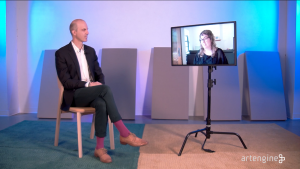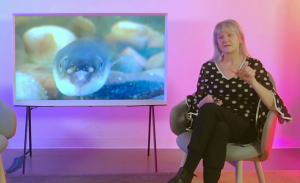
Caring + Sharing
Artengine’s Artistic Director Ryan Stec in conversation with Digital Economies Lab (DEL) participant, strategist, designer, artist and independent creative director, Julie Gendron, where they discuss Gendron’s work on the Offer Need Machine (ONM). Within this discussion Gendron addresses quantifying value by breaking down the mechanics of trust, recreating the ephemerality of chance interaction, and rating and evaluating with care.
